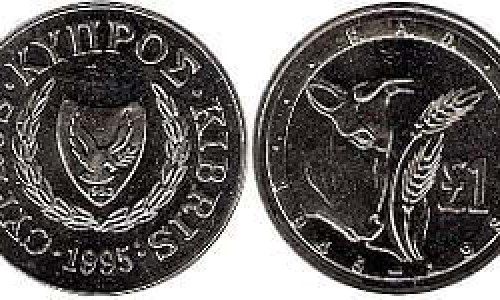Cyprus Wine History
According to tradition, the Cypriots are the eldest wine producers in the world. Until lately, clues showed that the production of wine in Cyprus began around 2000 B.C. Recently though, Italian archaeologists studied the number of containers which were found in 1993 by the Cypriot Archaeologist Porfirios Dikeos in Erimi. This proved that the containers which were 5500 years old were used for wine. Therefore Cypriots produced wine a lot earlier before Greeks, possibly even 1500 years earlier.
When history is lost in mythology, we meet Vacho and his friends enjoying Cypriot wine and the worshipers of the goddess Aphrodite celebrating the Cypriot “nama” which is said to be the oldest well known wine. Homer speaks of the Cypriot wines in many Greek literatures and Cyprus is mentioned as “evinos”. Shakespeare informs us that Marcus Antonio gave the island of Cyprus to the Queen of Egypt Cleopatra with the words “your sweet love is as worthy as the Cypriot nama”. Twelve centuries later, Richard the Lionheart left Cyprus saying “I must return to Cyprus in order to taste its wine again”.
Today, centuries later Cypriots remain true to their traditions and produce more wine than any other county in the world. However, they drink less wine out of all the European countries. This means that the wine industry of the island is based on exportation.
Traditionally, Cyprus produces two types of grapes, the “black” or red which is unique in Cyprus, and the “xinisteri” or white. Both varieties produce wine with a strong taste. During the last decades Cypriot winemakers have experimented on new varieties of grapes and very few have been proven to be right for the local climates. These varieties have been mixed with both black and white in order to produce lighter wines which are more suitable for the European market.
The most famous Cypriot wine is the sweet wine “komandaria”. It has been produced on the island or centuries. In 1191, Richard the Lionheart conquered the island on his way to the Holly Land during the third crusade. Later on he gave the island to the Knights who then sold it in 1192, to the King of Jerusalem. The knights kept some areas on the island as theirs and named them commanderies. The wine which the Knights made became known as Komandaria in order to recognise it from the other wines, as it was of the best quality. The King of France Phillip-August named it the Apostle of the wines during the 13th century.
Komandaria was away produced with a particular method which is still used today. The area which Komandaria is made at, is located at the south slopes of the Troodos Mountain at an altitude of 400 to 800 metres. All the stages of production are completed in this area from the 14 villages which have the right to produce the famous wine with a unique red colour and silk taste.
During the last few years, the Cypriot government encourages small businesses to install local factories of wine production, a fact which created job opportunities and brought an income to villages such as Agios Amvrosios , Kilani , Platres , Monagri , Arsos , Kathikas, Vouni , Panagia and others There are about 20 units such as these , along with the big wine companies such as KEO, EKO,SODAP and LOEL which produce a large variety of Cypriot wines.
The largest market for the Cypriot wines is Europe. During 2004, Germany bought 1,000.000 litres of Cypriot wine. Other countries which buy Cypriot wine are, Great Britain, France and Russia.






